With the arrival of the short, cold days of winter, warming spices are a welcome addition to meals and drinks alike. And pumpkin spice has become one of the most recognizable combos that adds a little heat to our cold weather fare.
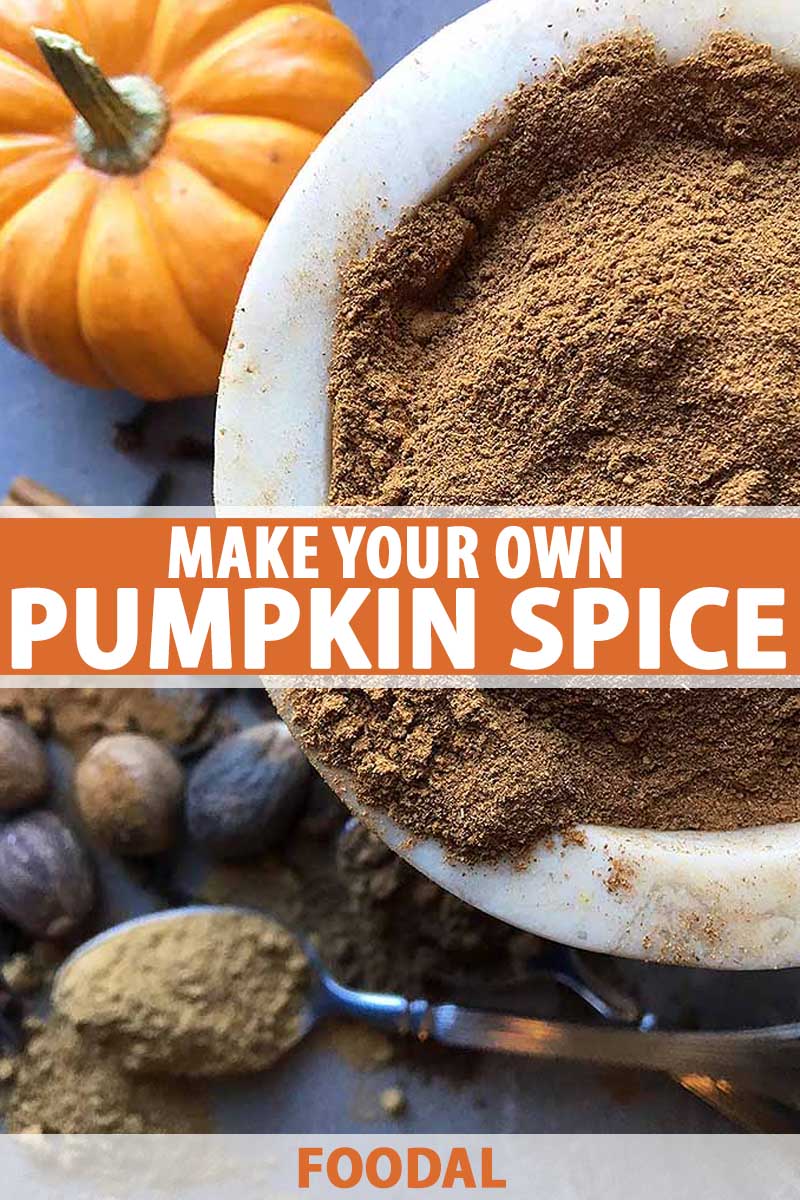
I know, I know – pumpkin spice has infused itself into our culture in products ranging from lip balm to beer.
Marketing overkill, to be sure. But don’t let that deter you from enjoying its piquant coziness…
I like pumpkin spice. No, not in my salad dressing or soy sauce or toothpaste. But it’s great in baked goods like pies, muffins, scones, pancakes, breads – even hummus. And yes, it actually makes pumpkin taste better, too!
So let’s have a look at the brief but stellar history of pumpkin spice. We’ll explore its ingredients and components, how to make your own, and of course, there’s even more recipes featuring pumpkin spice. I say, embrace it!
What Is Pumpkin Spice?
It’s a flavor you’ve no doubt tasted, either in a traditional baked item such as pumpkin pie or in more contemporary fare like a latte – and one that’s not easily forgotten.
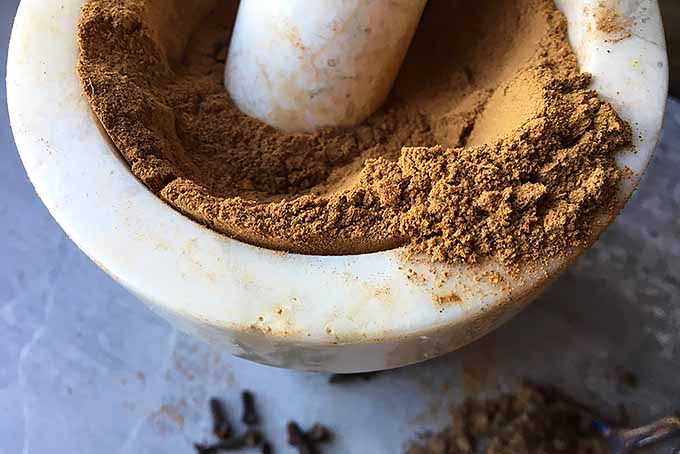
Recipes may vary a bit, but it’s typically a combination of the warming spices cinnamon, ginger, cloves, allspice, and nutmeg or mace.
That’s a lot of different spices! Need a nice, neat place to keep them organized? Check out Foodal’s review of the top spice racks.
This blend is very similar in composition to mulling spices for wine and cider, but it has the addition of nutmeg. And it’s missing the orange and lemon rind commonly found in sachets of mulling spice.
… And Where Did it Come From?
As far as we know, pumpkin spice was not a part of that first Thanksgiving dinner shared by the European settlers and Native Americans.
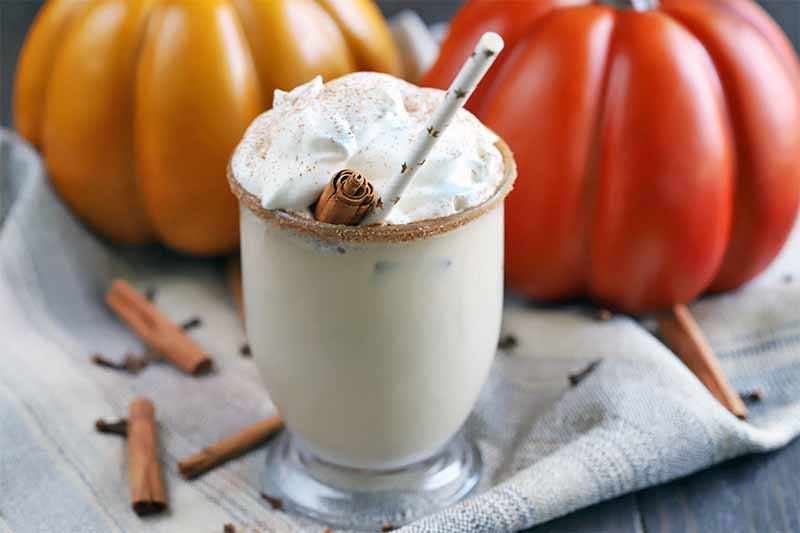
There were no spicy lattes from Starbucks to take the chill off, but pumpkins were present. And out of necessity, the Pilgrims learned to incorporate them into their meals.
A common cooking method would be to open the gourd, scoop out the seeds, and then stuff it with apples or pears, sugar, and spices. The whole fruit was then baked, with the spices infusing all the ingredients.
In truth, when compared to some of its richer-tasting squash cousins, pumpkin can be a little on the bland side when served on its own. It needs some oomph to liven up its taste, and exotic spices are just the answer – which the Pilgrims and later colonists also had.
Spices were an important ingredient in the kitchens of the colonists. Commodities from Eurasia via the spice route had been an economic goldmine since the middle ages, and they were still a hot item for colonial traders.
Not only would spices liven up the flavors of their dishes, they were also used as preservatives. A natural for food safety at the time, many spices contain antimicrobial properties, and preserving meat was critical to the settlers’ survival.
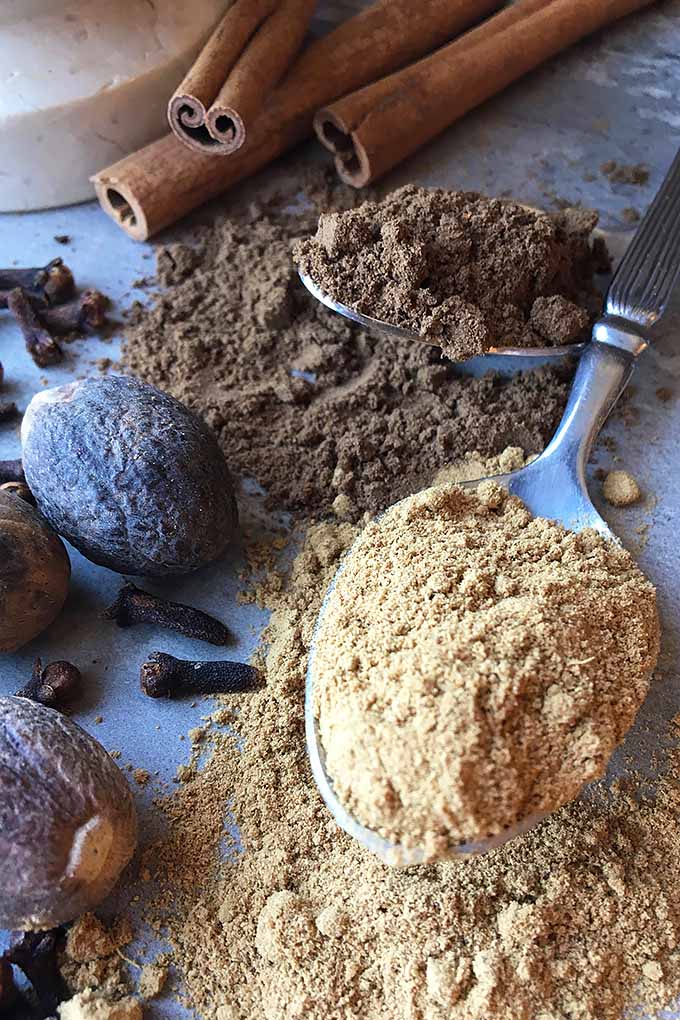
From as early as the mid 1700s, references were made in North American cookbooks to cooking pumpkin with allspice, ginger, and molasses. And that seemed to be the standard combination until the early 1900s.
After the first spice mills in the US were established in the mid-nineteenth century, accessibility to a wider variety of spices became convenient and affordable for the average household. And it was shortly after the beginning of the twentieth century that references to pumpkin pie spice, the endearing mix we know today, began to appear in cookbooks.

This particular combination of spices (cinnamon, ginger, nutmeg, allspice, and cloves) was bundled together and marketed as pumpkin pie spice in the 1950s, during the post-WWII economic boom.
Spice manufacturers were looking to bolster sales and began pre-combining spices in flavor packages, and then told us how to use them to become better cooks.
Pumpkin pie spice was the precursor to many of the spice combos commercially sold today, such as those marketed for grilling meats or seafood dishes.
The Spices
Cinnamon
Cinnamon is a spice that’s used in both savory and sweet dishes, and it comes from the inner layer of bark from a variety of trees in the genus Cinnamomum.
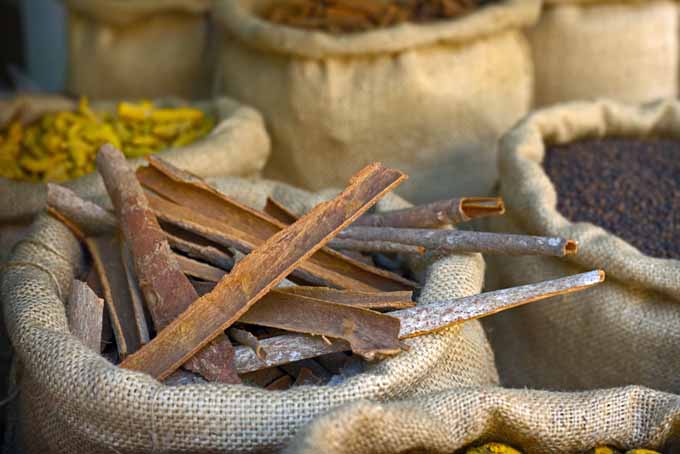
With about a dozen species of trees within the genus, the name cinnamon is applied to the spice products that come from many of them.
A number of species are often marketed as cinnamon, with the most common being:
- Cinnamomum cassia, or Chinese cinnamon
- C. burmannii, or Indonesian cinnamon
- C. loureiroi, or Vietnamese cinnamon
- C. verum, Sri Lankan or Ceylon cinnamon
Cassia is the species most commonly used today, and it has the familiar strong and spicy flavor that we associate with cinnamon.
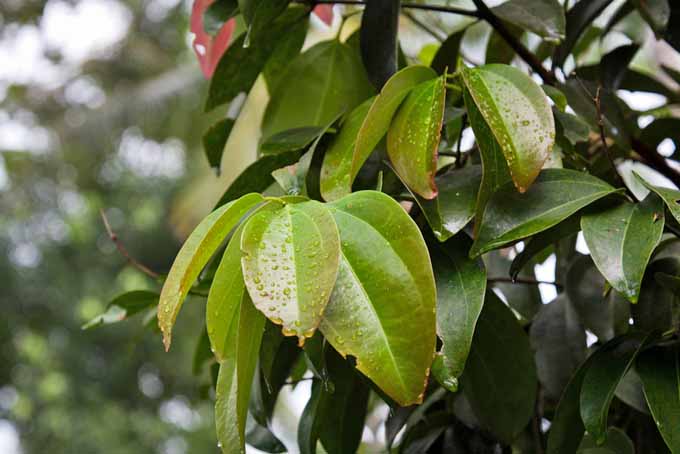
Its components are well suited to mixing with other ingredients, and can handle the heat of baking without breaking down or losing flavor.
A medium reddish-brown color, its sticks are thicker than the other species, as all of the layers of the bark are used.
C. verum was often considered to be the “true” cinnamon by early traders on the spice route. Ceylon cinnamon uses only a thin layer of the inner bark, and has a lighter, more porous texture.
And while its flavor is considered to be more subtle and aromatic, unfortunately it will lose much of its taste in the cooking or baking process. It’s light brown in color, with a more delicate appearance than that of cassia.
Native to Bangladesh, Burma, the Malabar Coast of India, and Sri Lanka, cinnamon has been used throughout the ages and across many cultures. And at one time throughout the early Mediterranean empires, it was considered a gift worthy of royalty and the gods.
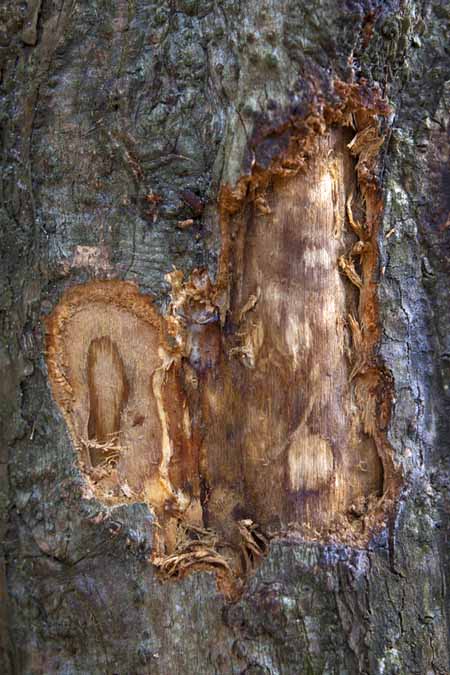
Early traders on the spice route kept its source a secret for centuries, driving the price of this exotic spice to extremes while monopolizing the market.
Today, commercial plantations produce cinnamon grown with select harvesting methods. After a young sapling has been grown for two seasons it is then coppiced, with the stems being cut back to ground level.
The next growing season will see tender new shoots replacing those that were removed, and it’s this supple new growth that is cut for spice production.
Like all spices and herbs, cinnamon gets its intense flavor from the presence of aromatic essential oils.
The oil is extracted from the bark after being pounded with a mallet, softened in sea water, and then quickly distilled. A light golden color, the oil is very concentrated with a hot taste and pungent aroma.

Cinnamon bark can be used either whole as a curled stick, or ground into a fine powder. Delicious with fruits and chocolate, it’s used to flavor a wide variety of desserts such as apple pie, doughnuts, cinnamon buns, and churros.
It’s also a popular flavor for spicy candies, gum, coffee, tea, hot chocolate, and liqueurs.
A common ingredient in savory and sweet dishes in numerous cuisines of the Mediterranean region, it’s also popular in Turkish, Persian, and Moroccan cooking as well. In western regions it’s mostly used for flavoring breads, bagels, cereals, and fruits, and can also be found in spicy pickles.
Cinnamon may help to boost metabolism, and some studies have shown potential benefits for blood sugar regulation, a promising addition to the diets of those with pre-diabetes and type 2 diabetes.
Ginger
Ginger is an herbaceous perennial of the Zingiberaceae family, and it produces an attractive flower on tallish stems.
Its root, or rhizome, is widely used as a kitchen spice – fresh as well as dried and ground.
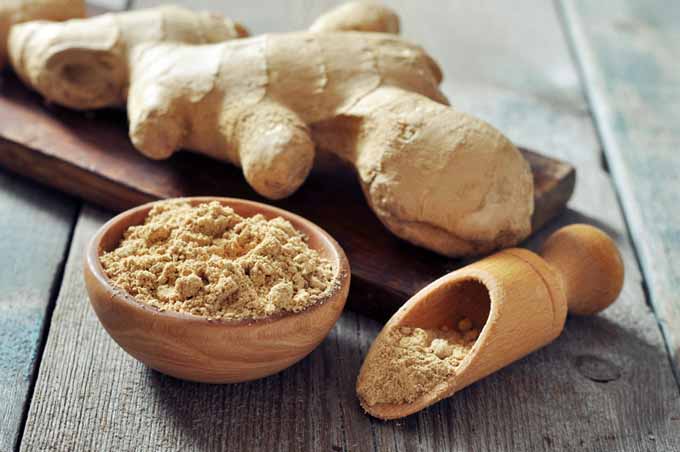
Close cousins include turmeric, cardamom, and galangal.
Native to areas in southern China, ginger found its way into European kitchens in the first century A.D., thanks again to the lucrative trade of the spice route. Ginger readily spread to other regions of Asia, the Spice Islands, and West Africa, and eventually made its way on to the Caribbean islands.
Easily adaptable to warm, tropical climates, it has pretty pink and white buds that bloom into yellow flowers, making it a natural in the gardens and landscaping of homes in these areas.
Traditionally, the rhizome is dug up and gathered after the stalk has bloomed and begun die off.
Young ginger produces rhizomes full of juice with tender flesh and a milder taste than that of dried ginger, which is hot and fragrant.
Sliced, the rhizomes are often pickled in vinegar or sherry. It can also be steeped in simmering water and sweetened with honey for a delicious tea – one that’s particularly comforting when suffering from a cold or sore throat.
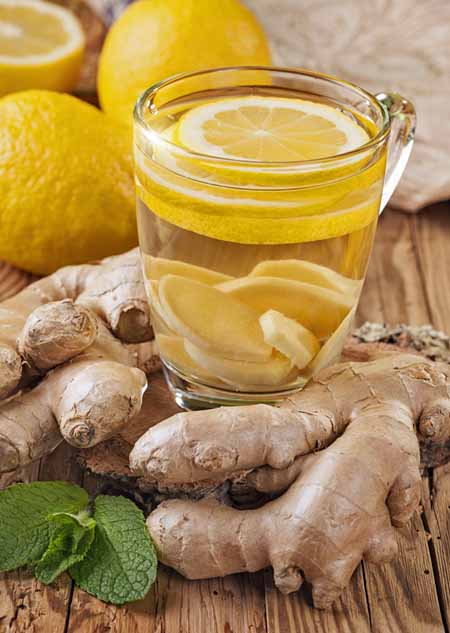
It’s also candied and made into a variety of drinks from ginger ale to ginger wine.
In Asian cuisines, ginger is a key ingredient in many dishes, both vegetarian and meat-based. And it’s also commonly used to spice tea and coffee, especially in winter.
In the West, ginger is mainly used in sweet foods such as ginger cookies and ginger ale.
Ginger is another warming spice that’s rich in antioxidants with anti-inflammatory properties, and it is known to help soothe and relax the digestive tract.
Studies also suggest that ginger has thermogenic properties that can help to boost metabolism, plus it has shown an appetite-suppressing effect that suggests some potential in the field of weight management.
Read more about the benefits of ginger in our complete article.
Nutmeg and Mace
Nutmeg and mace are both derived from a species of evergreen tree in the genus Myristica, and it is indigenous to the Spice Islands of Indonesia.
Nutmeg is the oval-shaped seed of the tree, while mace is the dried web-like reddish covering, or aril, of the seed.

Nutmeg trees are ready for harvest approximately eight years after they are planted, with peak production at twenty years of age.
Nutmeg and mace come from the only fruit of the tropics that provides two spices from one fruit.
Today, nutmeg is commercially grown primarily in Malaysia, the Caribbean, and Southern India.
Nutmeg has a delicate and slightly sweet taste that is used internationally in many cuisines, and also offers highly valued essential oils derived from the tree and leaves.
The essential oils from nutmeg extract are considered in some circles to be highly beneficial to health, and are frequently used in alternative and herbal medicines.
It can be used in sweet as well as savory dishes, and is used to spice vegetables, soups, sauces, and baked goods as well as mulled wine, cider, and eggnog. It’s also very well suited and widely used to add savor to winter squash and pumpkin dishes.
Nutmeg has been a prized and expensive spice in European cuisine since the Middle Ages. Prices rose to astronomical levels in Elizabethan times when it was believed to ward off the plague, and as supply couldn’t meet demand, the nutmeg market skyrocketed.
Mace is often preferred in lighter-toned dishes for the bright orange color it imparts when used.
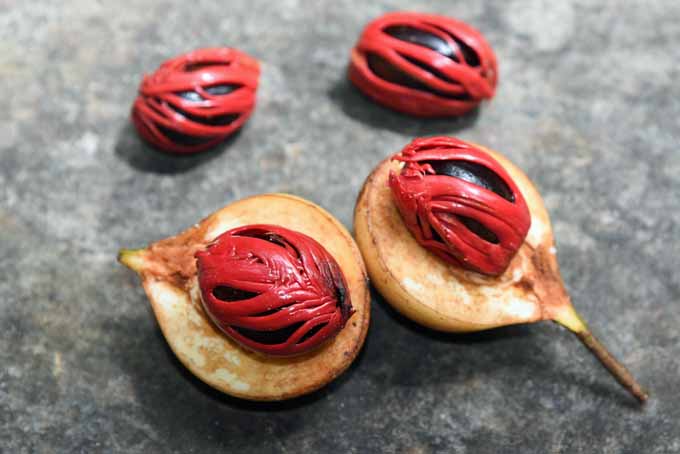
Nutmeg is used for flavoring many dishes, usually in ground or grated form, and has the best taste when freshly grated with a nutmeg grater.
Another popular spice with an impressive list of associated health benefits, it too is used in herbal and naturopathic practices to relieve pain and as an aid to indigestion.
And studies also point to its potential for anti-aging benefits, with the active compound macelignan offering the potential to protect cells from ultraviolet radiation damage while promoting increased collagen production.
Read more here about the benefits and uses of nutmeg and mace.
Cloves
Cloves are the dried buds of the flower from the tree Syzygium aromaticum, which belongs to the plant family Myrtaceae. An evergreen that grows in tropical and subtropical conditions, it’s indigenous to the Maluku Islands of Indonesia.
The clove tree is an evergreen with blood-red flowers grouped tightly in clusters. At first, the flower buds have a pale, almost creamy color and then they gradually turn green, finishing off their transition to bright red when they’re ready for harvest.
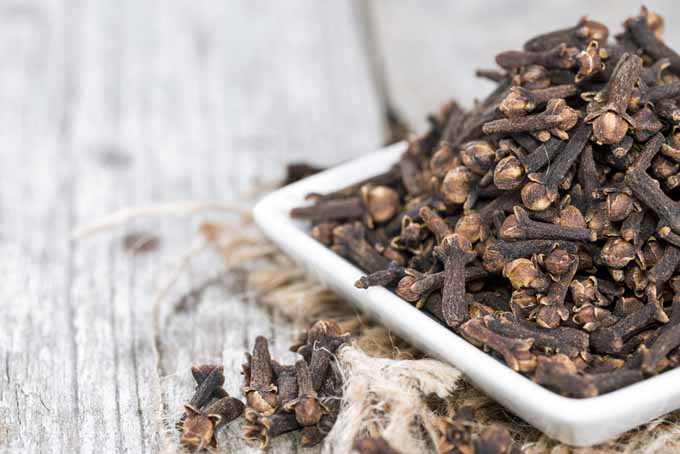
During the thirteenth and fourteenth centuries, cloves were transported from Indonesia to China, India, Persia, Africa, and Europe.
At this time, cloves, like most spices, had a very high price tag – and efforts to establish territory and monopolize its production and trade were the impetus for much skullduggery and skirmishes among traders.
Today, cloves are an important commercial crop used all around the worl,d and they are commercially produced primarily in Indonesia, India, Pakistan, Sri Lanka, and East Africa.
Used in the cuisines of many cultures in Asia, Africa, and the Middle East, it lends flavor to savory dishes like meats, curries, and marinades as well as to fruits such as apples, pears, and rhubarb.

A natural for flavoring hot drinks, it’s often combined with lemons, oranges, and sugar for a distinct taste and aroma, and is often a component of spice blends.
The active phenolic phytochemical compound in cloves is eugenol, which has an established history of possessing antioxidant, anti-inflammatory and anti-cancer properties.
Other aromatic herbs and spices such as basil, bay leaves, cinnamon, nutmeg, and allspice also contain eugenol.
Eugenol enjoys many uses from perfumes to flavorings and as a local antiseptic and anesthetic, and clove oil has long been used as a pain reliever for toothache.
Allspice
Allspice is the dried, unripe berry of the Pimenta dioica tree, which is native to the Greater Antilles of the Caribbean, southern Mexico, and Central America.
The term allspice was first used by the Brits, who felt its flavor to be similar to the combined taste of all spices – cinnamon, nutmeg, and cloves.
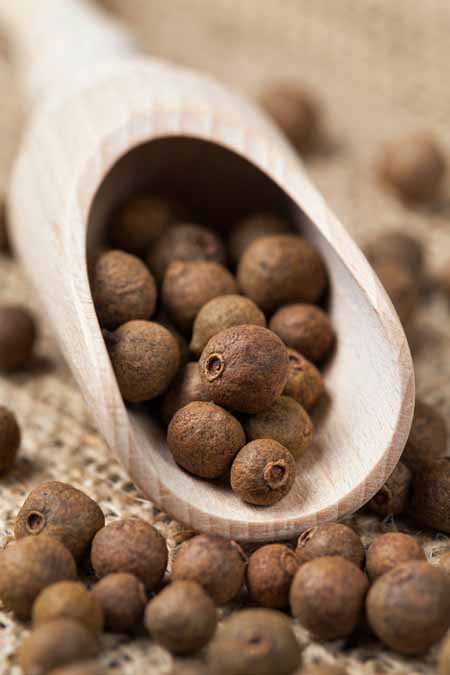
Allspice berries are picked when they’re still green and are traditionally dried in the sun. When dry, their brown, round shape resembles large, smooth peppercorns.
The whole, dried fruits will last longer on the shelf than they will in powdered form, and should be ground fresh for the best taste and a fantastic aroma.
The fresh leaves are used wherever they are available, with a similar texture and function to that of bay leaves. Used to infuse their flavor in dishes while they cook, they’re removed before serving.
Unlike bay leaves, they lose their flavor when dried, and as such, they aren’t sold commercially. The leaves and wood are often used for smoking meats in areas where allspice is locally grown, and it is a key flavoring in Jamaican jerk recipes.
Although not geographically on the spice route, early encounters by European explorers soon elevated its status to the same lofty ranks as other popular spices of the day.
This established it as an extremely valuable commodity, and efforts were made to protect the pimenta trade in its Jamaican home, where its export was strictly guarded.
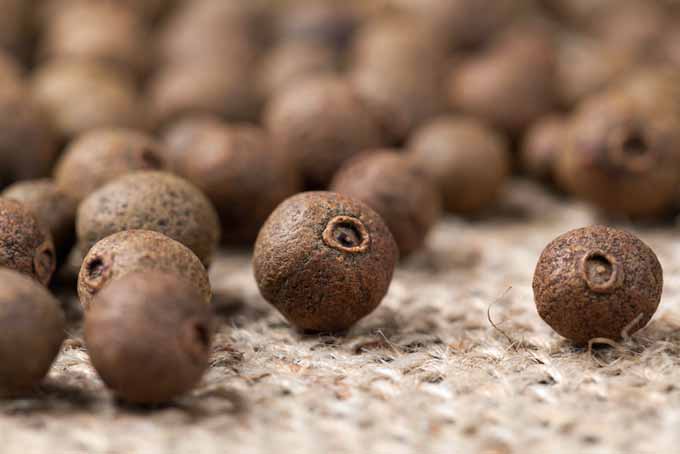
Once thought to grow only in Jamaica, where pimenta is readily spread by birds, attempts to grow it from seed met with consistent failure. It turns out that a trip through the avian gut and digestive system is needed for it to germinate.
Today, pimenta is still spread by birds in the south Pacific, where it has become naturalized in Hawaii and Tonga.
In clinical studies, allspice has shown robust antioxidant and detoxifying benefits, with researchers identifying the main active compound of eugenol as exhibiting a significant ability to neutralize free radicals that cause cell damage.
It also shows a unique metal-binding ability, and is being tested for use in removing toxic heavy metals such as mercury and lead from the body.
Pumpkin Spice Recipe
For a unique gift, make a large batch of our homemade pumpkin spice blend and bottle it up in small, decorative jars or tins adorned with your own personal flair.
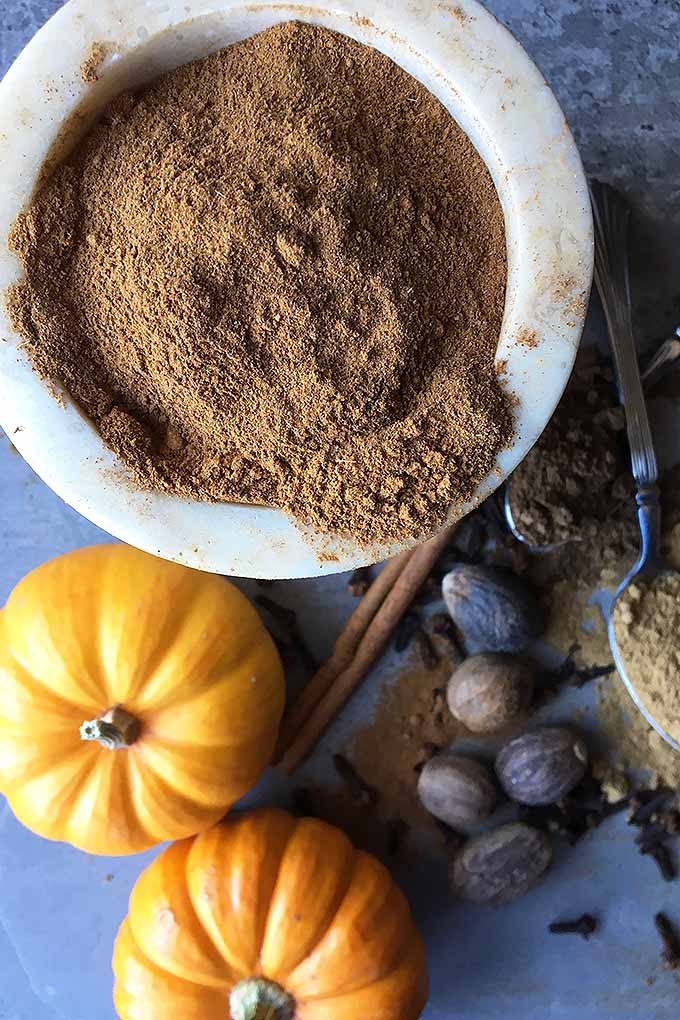
It’s a great offering for neighbors, gift exchanges, and seasonal get-togethers with friends – just keep a couple on hand for unexpected company. Add a gift tag along with instructions for use in your favorite recipe.
Print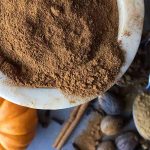
The Best Homemade Pumpkin Spice Mix
- Total Time: 5 minutes
- Yield: 1/2 cup 1x
Description
During the colder months, warming pumpkin spice is a great addition to meals and drinks. Read more about this spice mix, and learn how to make it at home.
Ingredients
- 1/3 cup ground cinnamon
- 2 tablespoons ground Ginger
- 2 teaspoons ground nutmeg
- 1 1/2 teaspoons ground allspice
- 1 teaspoon ground cloves
Instructions
- Whisk all of the ingredients in a small bowl.
- Store in an airtight container at room temperature.
- Prep Time: 5 minutes
- Category: Spice
- Method: Mixing
- Cuisine: Autumn
Keywords: Pumpkin Spice, Autumn Food, Fall Cuisine
Recipe Inspirations
Pumpkin Spice Nut Bread
On a cold, blustery day the taste and fragrance of this nut bread is hard to beat. Double up the recipe and freeze a loaf because it’ll disappear in a flash!

Pumpkin Spice Nut Bread – Get the Recipe Now!
Serve with butter, jam or jelly, or a soft cheese, and a big mug of chai tea.
Pumpkin Spice Pancakes
This is a delicious and hearty way to start the day – the ideal fuel before lacing up your skates or heading to the ski slopes.

Pumpkin Spice Pancakes – Get the Recipe Now!
Serve with a pat of butter and real maple syrup, a dish of homemade preserves, and a couple of slices of crisp bacon for a yummy breakfast from the Great White North.
Pumpkin Spice Scones
Imagine waking up to these beauties! Eaten plain or with a drizzle of our spiced glaze, these scones are sure to please.
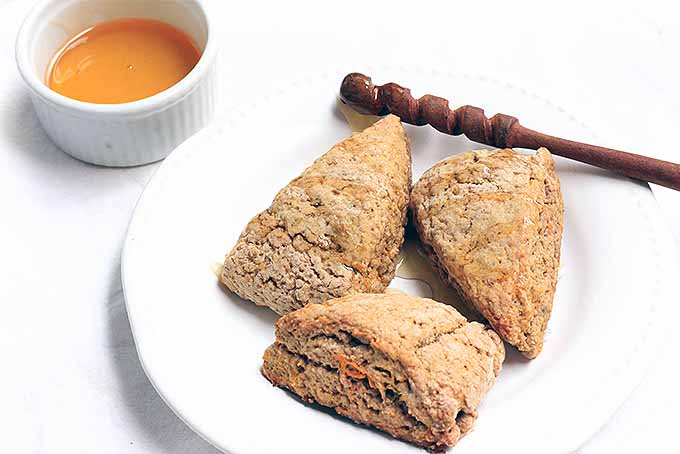
The Best Pumpkin Spice Scones – Get the Recipe Now!
And they’ll also please the chef in house, as they are super simple to make.
Pumpkin Spice Muffins
There’s nothing better than waking up on a brisk fall morning to the smell of homemade muffins. Get your breakfast fix on with these baked morels that bring with them the flavors of fall.
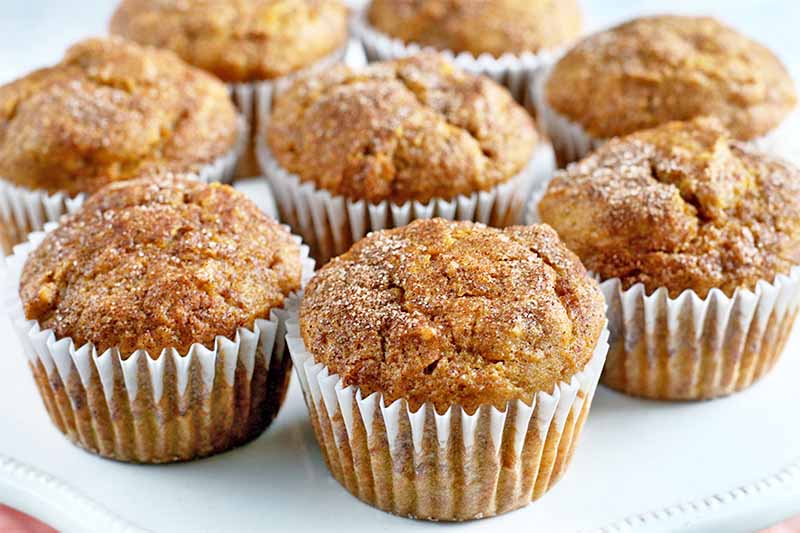
Super Moist Pumpkin Muffins – Get the Recipe Now!
How would you like to start your day with one of these beauties coupled with a steaming hot cup of coffee with homemade pumpkin flavored creamer.
Pumpkin Cream Cheese
Now there’s no need to leave out bagels, English muffins, croissants, and toast in enjoying your fall flavors. This cream cheese recipe is infused with pumpkin spice goodness.

Easy Pumpkin Cream Cheese – Get the Recipe Now!
Best of all? It takes just five minutes to whip together.
Want more recipes? Check out all of our recipes that include pumpkin spice now! We can’t get enough of our smoothie, ice cream, and popcorn recipes, too!
Make a Mix That’s Everything Nice
As you can see, pumpkin spice offers its unique flavor and fragrance to many different dishes, and brings with it the known and potential health benefits of thermogenic spices.

Give it a try in your winter baking, and add it to warm seasonal drinks, or vegetables and savory dishes – winter just isn’t winter without it. And don’t listen to those jokes about it on late night TV… Viva la pumpkin spice!
Photos by Nikki Cervone and Meghan Yager, © Ask the Experts, LLC. ALL RIGHTS RESERVED. See our TOS for more details. Uncredited photos: Shutterstock. Originally published December 13th, 2015. Last updated September 1st, 2018.
The staff at Foodal are not medical professionals and this article should not be construed as medical advice. Foodal and Ask the Experts, LLC assume no liability for the use or misuse of the material presented above. Always consult with a medical professional before changing your diet, or using supplements or manufactured or natural medications.
About Lorna Kring
Recently retired as a costume specialist in the TV and film industry, Lorna now enjoys blogging on contemporary lifestyle themes. A bit daft about the garden, she’s particularly obsessed with organic tomatoes and herbs, and delights in breaking bread with family and friends.




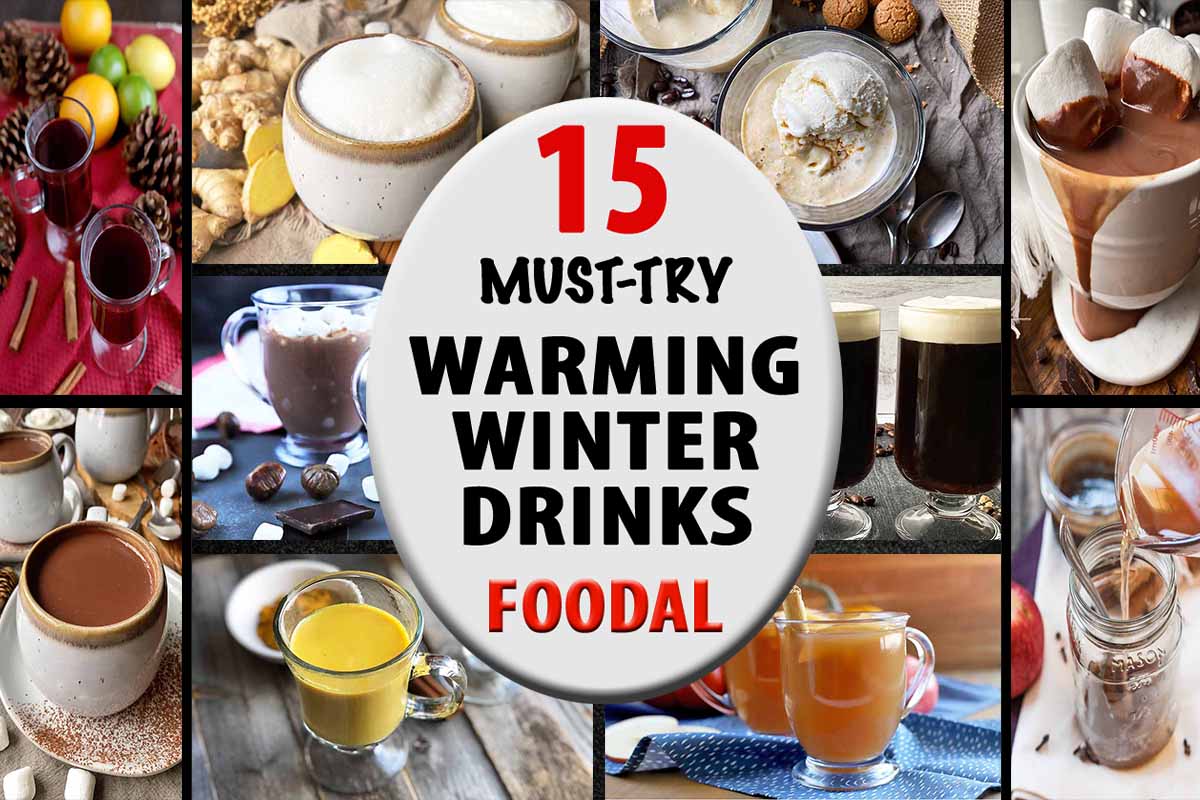
Wow I didn’t know my favorite spices had a history as rich as their taste! Thank you so much for sharing the interesting history and origins of these great spices. I use these spices specially during the fall and winter months, during the holidays to make great treats and too make drinks that make the whole family feel warm inside. Thanks so much as well for the great recipes. I’m dying to try the pumpkin spice nut bread in particular.
Glad you enjoyed the post Michelle, a bit of history does seem to make ingredients taste better. And what better gift than making loved ones feel warm inside? The spices and good intentions are a potent heat source… hope you like the nut bread!
This is a very informative article. It is nice to gather all this knowledge about spice. I would never have thought of making my own pumpkin spice. These recipes all look great and simple to do, so I will try them out. Thanks.
Glad you found the post informative oraclemay, hope you enjoy the recipes!
This article is incredibly informative! I had know idea of the origins of these spices, it was nice to learn more about them. I was also inspired by this article to make some chamomile tea with cloves, which I am enjoying as I type. I may just use that bread recipe in the future, it seems like a perfect addition to a Christmas feast.
Chamomile and cloves, that sounds wonderful… and the nut bread is right at home on a Christmas table! Glad you found the post interesting cnt422, and thanks for your comments.
Quick question, can the canola oil be substituted for another one like palm fruit oil or avocado oil? Also thanks for the recipe. I probably won’t end up trying the pumpkin spice pancakes because I’m not a big breakfast person but I most certainly will try the nut bread. I love making breads and this recipe sounds seriously good. Thanks for the history lesson too. I’m wondering if I should try all the types of cinnamon you just listed. Who knows, I might find one of the other types to be my favorite as opposed to the mainstream one.
Yes, substitute the oils at will NN. And if you like nut bread, this recipe’s a gem!
There are so many things in this article that I didn’t know! I have learned so much about the different spices and I didn’t know what cloves and allspice what made of. I had never thought of making my own pumpkin spice, but it is really easy and I will definitely make some. The pumpkin spice nut bread is another recipe that I must try very soon!
Thanks
Very simple to make valedevento! Enjoy the nut bread, it’s a yummy recipe…
I would say it is everything nice and a bad of chips. I am so so excited that the fall is almost here. The weather is finally calming down, and it is cooler and the air is crisp. On top of that I know that this all brings the pumpkin flavor out in everything, and I love trying new things every year that feature the pumpkin, along with always having pumpkin seeds on hand. Thank you for getting me in the mood to enjoy this great time of year.
The best ever! Love this version sooo much.
★★★★★